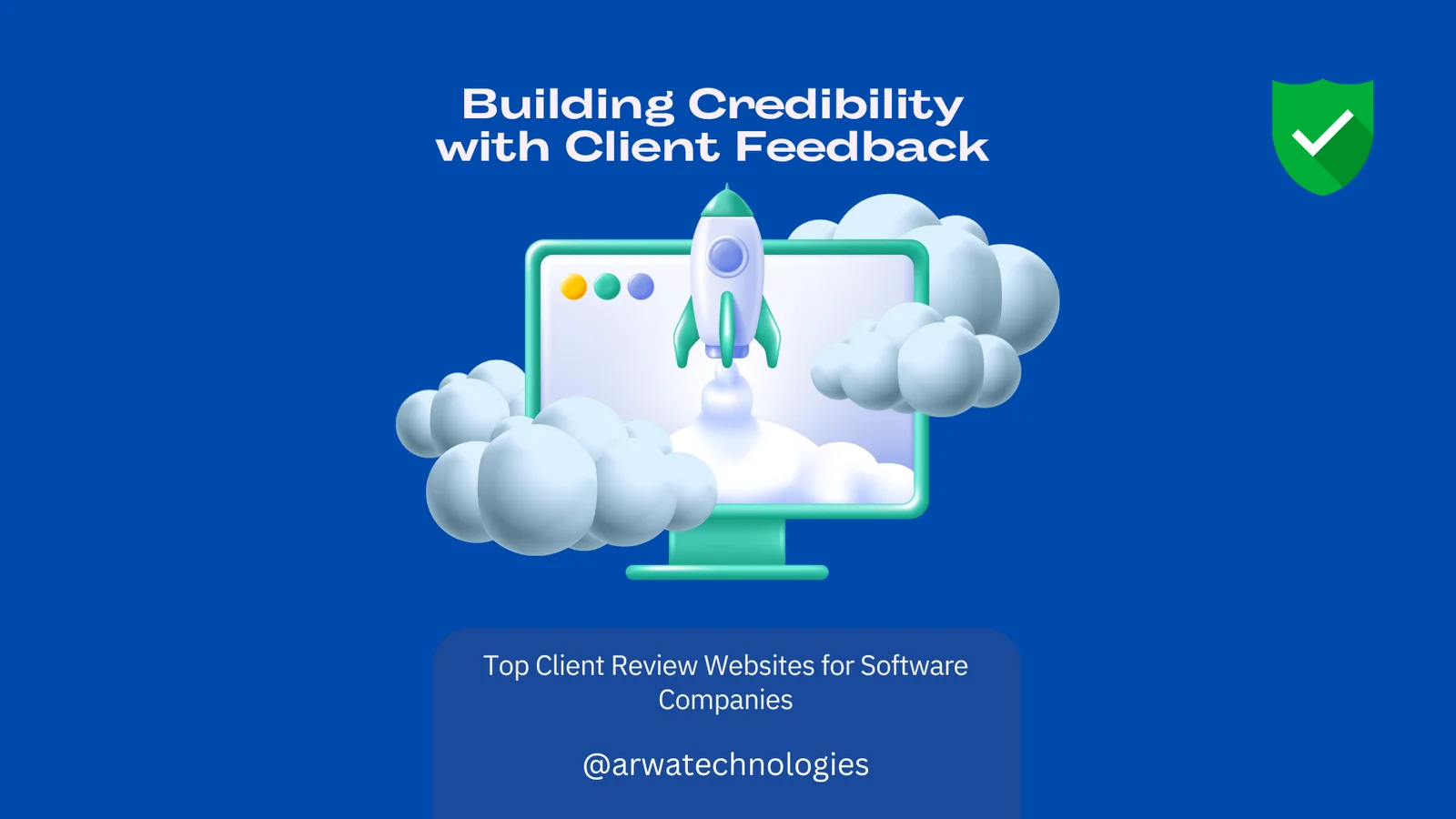Building a product is exciting, but it can also feel daunting—especially if you’re navigating the tricky waters of launching something completely new. As an entrepreneur, you’ve likely heard the buzz around creating a Minimum Viable Product (MVP), but what does it really mean, and how can it help your startup succeed?
This guide will walk you through every step of MVP development Process—from refining your idea to launching your product and beyond. Whether you’re a first-time entrepreneur or a seasoned founder, this comprehensive MVP development guide will help you build an MVP that saves time, minimizes costs, and sets you up for long-term success.
What is an MVP?
Let’s start with the basics.
A Minimum Viable Product (MVP) is the simplest version of your product that delivers enough value to solve a specific problem for your target audience. The goal is to launch quickly, test your assumptions, and collect feedback to guide future development.
Instead of waiting months (or years) to release a full-fledged product, you can validate your idea with an MVP in just a few weeks. Think of it as testing the waters before diving in.
Why Entrepreneurs Should Focus on MVP Development
Building an MVP is all about working smarter, not harder. Here’s why it’s a game-changer for entrepreneurs:
- Save Time and Money: Launching an MVP is far less expensive than developing a complete product. You can focus on the essentials and cut out the fluff.
- Validate Ideas Quickly: An MVP lets you test if people actually want your product before investing heavily.
- Attract Early Investors: A working MVP demonstrates your idea’s potential, making it easier to gain investor confidence.
- Minimize Risk: Why build something nobody wants? An MVP ensures you’re on the right track.
If you’re wondering how to develop an MVP for a startup, these benefits show why it’s an essential first step in your entrepreneurial journey.
Step-by-Step MVP Development Guide
Step 1: Define Your Idea and Target Audience
Every successful product starts with a clear idea. But it’s not enough to have an idea—you need to know who it’s for.
- Ask yourself these questions:
- What problem am I solving?
- Who faces this problem the most?
- How will my product improve their lives?
For example, if you’re building a task management app, your target audience might be busy professionals who struggle to stay organized.
Step 2: Conduct Market Research
Before you start building, you need to validate your idea. Market research helps you understand your competition, your audience’s pain points, and whether there’s a demand for your solution.
- Here’s how to conduct effective market research:
- Surveys and Interviews: Ask potential users about their challenges and preferences.
- Competitor Analysis: Look at what’s already out there. Tools like SEMrush and Ahrefs can help you analyze competitors in the MVP development space.
- Social Media Listening: See what your audience is talking about on platforms like Twitter or Reddit.
Understanding your market is critical for successful MVP product development.
Step 3: Prioritize Core Features
One of the biggest mistakes entrepreneurs make is trying to include too many features in their MVP. Remember, less is more.
- Start with these steps:
- List all possible features.
- Categorize them into “must-haves” and “nice-to-haves” using the MoSCoW Method (Must, Should, Could, Won’t).
- Focus only on the must-haves for your MVP.
For instance, if you’re building an MVP for an e-commerce app, your core features might include:
- Product browsing.
- Add-to-cart functionality.
- Simple checkout process.
Focusing on core functionality ensures your MVP development process stays streamlined.
Step 4: Map the User Journey
Think about how users will interact with your product. What steps will they take to solve their problem?
Create a user journey map that outlines every touchpoint, from landing on your website to completing a task. This helps ensure a smooth and intuitive experience.
Step 5: Choose the Right Tech Stack
Your tech stack—the technologies you’ll use to build your MVP—can make or break your product.
- Factors to consider:
- Scalability: Will this tech grow with your product?
- Cost: What fits your budget?
- Team Expertise: What technologies does your team excel in?
For example, if you’re building a web app, you might choose React for the frontend and .NET Core for the backend. Selecting the right tools is a critical part of successful MVP product development.
Step 6: Build Your MVP
Now it’s time to bring your idea to life. Depending on your resources, you can either:
- Hire Developers: Work with in-house or outsourced talent.
- Use No-Code Tools: Platforms like Bubble or Webflow let you create functional products without coding.
Use an Agile Development Approach, which emphasizes iterative progress and regular feedback. Agile principles are a cornerstone of modern MVP development strategies.
Step 7: Test the MVP
Before you launch, test your MVP to ensure it works as intended. Testing can include:
- Usability Testing: Is it easy to navigate?
- Functional Testing: Does it perform all tasks correctly?
- Feedback Testing: Gather insights from real users.
Tools like TestRail or Hotjar can streamline this process and ensure your MVP testing phase is effective.
Step 8: Launch and Market Your MVP
Your MVP is ready—now it’s time to put it out in the world.
- Create a Launch Plan:
- Announce your product on social media and email newsletters.
- Engage with early adopters and influencers.
- Offer exclusive discounts or perks for first-time users.
- Focus on Early Feedback: Use tools like Google Analytics and Typeform to track user behavior and gather feedback. Early feedback is the key to iterating and scaling your MVP product.
What Comes After MVP?

Collect and Analyze User Feedback
Feedback is your roadmap for improvement. Focus on what users love and what they want you to fix.
Iterate and Improve
Once you’ve collected enough data, start iterating on your MVP. Add features, fix bugs, and refine the user experience based on feedback.
Track Key Metrics
Use metrics like user retention, engagement rates, and Net Promoter Score (NPS) to measure success. These insights will guide your next steps.
Common MVP Development Mistakes to Avoid
- Overloading Features: Focus on solving one problem well instead of trying to do everything.
- Skipping Market Research: Without validation, you’re building on guesswork.
- Ignoring Feedback: Users are your best source of insight—don’t ignore them.
- Rushing the Process: Quality takes time. Don’t sacrifice usability for speed.
Developing an MVP isn’t just about launching fast—it’s about launching smart. By following this MVP development guide, you’ll save time, minimize risks, and position your product for long-term success.
At Arwa Technologies, we specialize in MVP product development by following MVP development strategies that bring ideas to life. Whether you’re just starting out or refining an existing concept, our team can help you every step of the way.
Ready to take the first step? Let’s build your MVP together!
Submit your inquiry Here!



